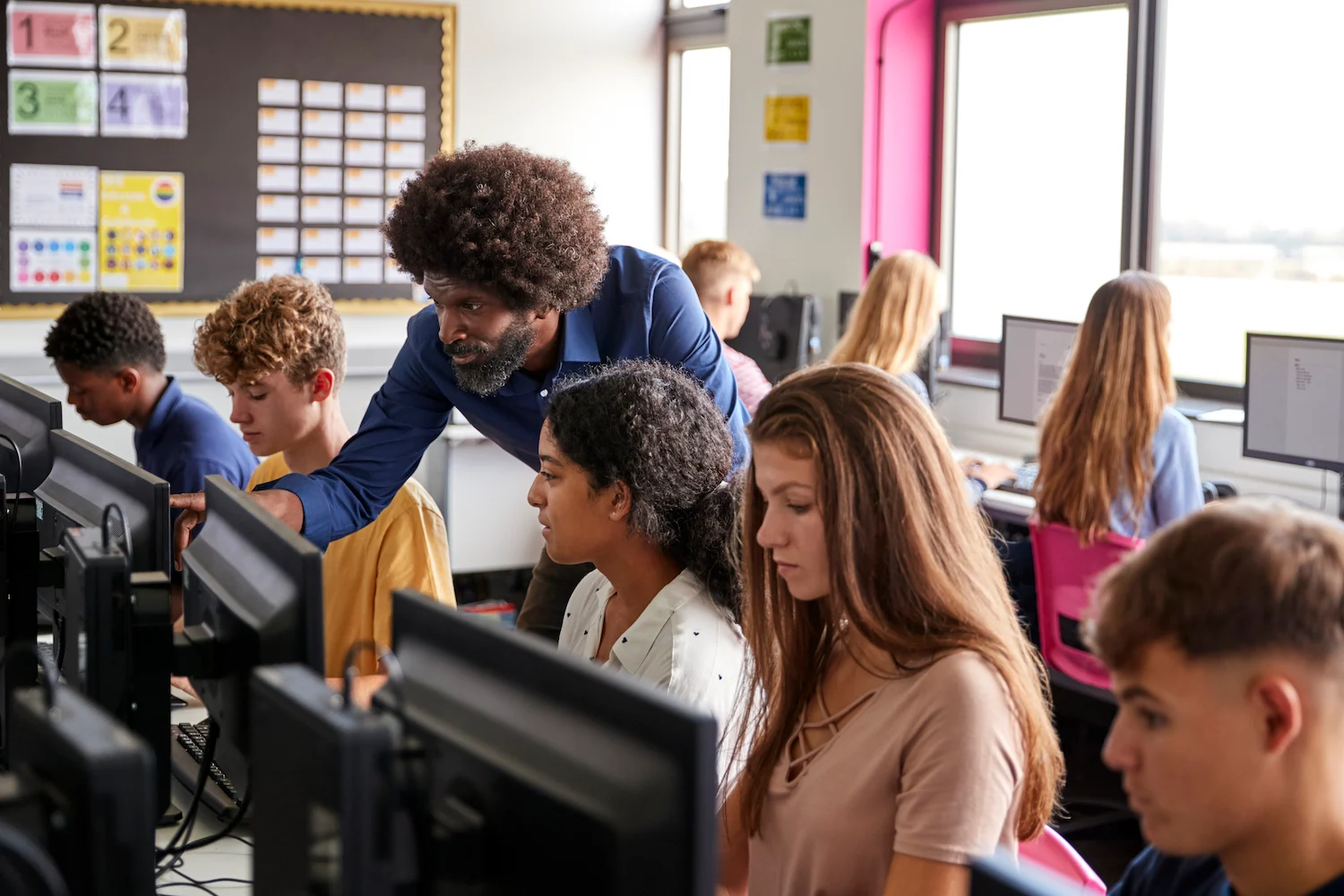In the ever-evolving landscape of education, the key to unlocking students’ potential lies in the synergy between a well-crafted curriculum and effective instructional practices. This comprehensive guide delves into the intricacies of curriculum design and instructional strategies, illuminating the path toward improved learning outcomes and enriched educational experiences.
1. Understanding Curriculum and Instructional Practices
A curriculum serves as the educational roadmap, encompassing what students should learn and the means through which they’ll learn it. Instructional practices, on the other hand, are the methodologies employed to facilitate learning. These two elements are intrinsically linked, as a strong curriculum sets the stage for effective instruction, while skillful teaching brings the curriculum to life.
2. Key Components of an Effective Curriculum
An effective curriculum is characterized by its clarity, coherence, and alignment with educational goals. Clear learning objectives outline the expected knowledge and skills, while a well-defined scope and sequence ensure a logical progression of concepts. Alignment with educational standards ensures that the curriculum remains relevant and meaningful. Furthermore, differentiation in instruction caters to diverse learner needs, ensuring every student has a chance to excel.
3. Designing Student-Centered Learning Experiences
Shifting from a teacher-centric to a student-centered approach, modern education embraces individuality and diverse learning styles. Student-centered learning empowers students to take charge of their education, fostering critical thinking and problem-solving skills. Project-based learning encourages collaboration and real-world application, while inquiry-based learning nurtures curiosity and exploration. Personalized learning tailors instruction to each student, enhancing engagement and understanding.
4. Incorporating Technology in Curriculum and Instruction
Technology is a catalyst for transformation in education. Integrating technology into curriculum and instruction enhances accessibility and engagement. Interactive platforms, educational apps, and multimedia resources cater to varied learning preferences. Virtual simulations and online collaboration tools offer immersive experiences, preparing students for a digital world.
5. Assessment Strategies for Effective Instruction
Assessment provides valuable insights into student progress and instructional efficacy. Formative assessments offer ongoing feedback, guiding instructional adjustments. Summative assessments measure overall comprehension and inform grading. Diagnostic assessments identify individual learning gaps, while authentic assessments evaluate real-world application of knowledge.
6. Culturally Responsive Teaching in Curriculum Design
Culturally responsive teaching acknowledges and celebrates diversity in the classroom. It ensures that the curriculum reflects various cultural perspectives, creating an inclusive learning environment. By recognizing students’ backgrounds and experiences, educators can establish connections that enhance engagement and foster mutual respect.
7. Professional Development for Educators
The journey toward effective curriculum and instructional practices requires continuous professional development. Educators should engage in workshops, conferences, and online courses to stay current with pedagogical trends. Collaborative learning communities provide opportunities to share experiences and learn from peers.
8. Navigating Challenges in Curriculum and Instruction
While implementing best practices, educators may encounter challenges such as limited resources, standardized testing pressures, and time constraints. Creative solutions include seeking community partnerships for resources, balancing test preparation with holistic learning, and maximizing class time through efficient planning.
9. Case Studies: Successful Implementation of Best Practices
Case studies spotlight educators and institutions that have triumphed in implementing innovative curriculum and instructional strategies. Their stories illustrate the practical application of these practices and offer inspiration for fellow educators.
10. Looking Ahead: Future Trends in Education
The future of education holds exciting possibilities. Artificial intelligence could enable personalized learning pathways, while adaptive learning platforms cater to individual progress. Competency-based education shifts the focus from seat time to skill mastery, and augmented reality offers immersive learning experiences.
Conclusion
As this guide concludes, remember that curriculum and instructional practices have the power to shape students’ journeys and unlock their potential. By embracing student-centered approaches, harnessing technology, and staying attuned to emerging trends, educators can create transformative learning experiences that pave the way for a brighter future.

